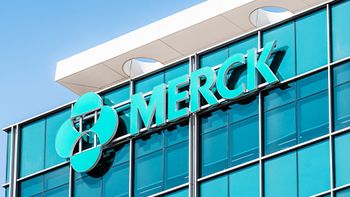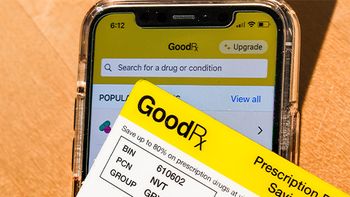
Identifying Trends Surrounding the Use of In-House Pharmacies for High-Cost Drugs
A cross-sectional study investigates how this supply chain link helps increase Medicare Part D spending on self-administered specialty drugs.
In the United States, healthcare organizations are pushing to vertically integrate various components of the supply chain for efficiency purposes. One prime example of this is between physicians and pharmacy services when it comes to self-administered drugs, as noted by a cross-sectional study published in JAMA Network Open.1
Physician organizations, such as health systems and independent practices, are able to dispense these medications directly or through a licensed pharmacy, but the challenge lies in regulations, as procedures from state to state can differ. For instance, there are some states that do not allow dispensing without licensure, while in other states, independent physician practices are unable to own licensed pharmacies.
Being that trends surrounding physician-pharmacy integration across specialties and drugs are ambiguous at this point—which also includes the potential of drug prices differing at physician organization–operated pharmacies—the authors of the JAMA study sought to explore any potential correlations.
It is important to note that there haven’t been many investigations into the financial influences associated with using these pharmacies; if a hospital was to enroll in the 340B Drug Discount Program, certain entities—if they are approved to do so—could purchase drugs at a 20%-50% discount if dispensing in-house, according to the study.
Investigators used Medicare Part B and D claims data, providing a 20% sample of beneficiaries from 2011-2019, making it 8,020,652 beneficiaries total (median age, 72 [IQR, 66-81] years: 3,450,538 [43%] men; and 4,570,114 [57%] women).
From 2011 to 2019, total overall spending in Medicare Part D increased from $11.5 billion to $19.2 billion, including $330.3 million to $2.3 billion for oral cancer treatments, $448.0 million to $891.2 million for antivirals, $233.7 million to $1.4 billion for immunosuppressants, and $470.7 million to $2.0 billion for other drugs with greater than $10,000 in median costs per patient. It was determined that by 2019, 63% of medical oncologists, 29% of infectious disease specialists, 22% of rheumatologists, 21% of gastroenterologists, and 20% of urologists were employed by organizations operating specialty-relevant pharmacies.
As a result, the data indicate that there had been an uptake in the integration between physicians and pharmacies for high-cost, self-administered drugs across multiple medications classes and specialties. According to the investigators, this could be attributed to several factors.
“First, in-house pharmacies may help patients filling high-cost drugs who experience complexities, such as prior authorization and affordability. Alternatively, profit margins may be greater for high-cost drugs,” the authors explained. “Pharmacy profit margins may reach 3% to 5% for branded drugs, a notable amount for drugs with costs that often exceed $100 000 per year. Because pharmacy market power may have a bigger impact on margins for generic than branded drugs, in-house pharmacies may achieve lower margins on generic products than chain pharmacies.
“ … This trend is likely to continue as increasing financial integration among physician practices increases the share of physicians using in-house pharmacies. Efforts from national firms with pharmacy capabilities (eg, CVS-Aetna, Optum–United Healthcare) to expand primary care service delivery also suggest this trend may expand beyond high-cost drugs.”
Keeping this in mind, there were also several limitations to the study, including that the analysis may not necessarily reflect the commercial market, in which regulations could further differ. It was also a challenge to identify and differentiate which in-house pharmacies were fully owned versus those that could be associated with a physician organization. And in regard to Part D claims, the reported point-of-sale prices left out rebates paid or penalties charged to the pharmacy after the point of sale. It is still yet to be determined as to whether differences in point-of-sale prices are directly related lower out-of-pocket costs for patients of in-house pharmacies, the authors concluded.
Reference
1. Kakani P, Cutler DM, Rosenthal MB, Keating NL. Trends in Integration Between Physician Organizations and Pharmacies for Self-Administered Drugs. JAMA Netw Open. 2024;7(2):e2356592. doi:
Newsletter
Stay ahead in the life sciences industry with Pharmaceutical Commerce, the latest news, trends, and strategies in drug distribution, commercialization, and market access.




